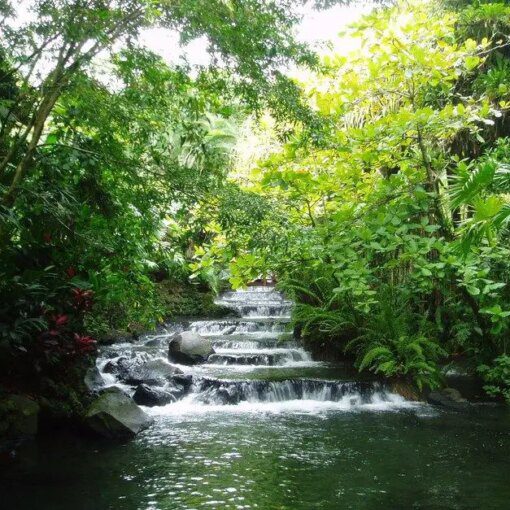QCOSTARICA — The Poás Volcano erupted for the third time in a matter of four hours this Tuesday morning, with a cloud of smoke and ash reaching 1,500 meters above the crater level.
Residents from different parts of the country report observing the plumes of the eruptions.
The Observatorio Vulcanológico y Sismológico de Costa Rica (OVSICORI) – Volcanological and Seismological Observatory of Costa Rica – reported on its social media: “A pulse of greater eruptive energy is being recorded with a high content of ash, volcanic gases, and water vapor. The pulse lasted approximately 10 minutes.”
– Advertisement –
The first eruption occurred in the early morning hours, around 2:00 am. A second eruption was recorded at 6:21 am, lasting some 10 minutes.
Geoffroy Avard of the OVSICORI reported an increase in seismic and acoustic indicators was recorded starting at 5 pm on Sunday.
When visual observation was possible, we confirmed that there were explosions emitting rocks,” explained the expert.
The cameras captured one of the main events at 2 am on Monday. “We observed some slightly more energetic events, which launched visible, i.e., hot matter toward the eastern terrace, the north, and other directions,” Avard added.
The activity of the Poás Volcano in Alajuela continues unabated, and this Tuesday dawned with new strong eruptions with a plume of gas and ash reaching 1,500 meters above the crater on two occasions.
The first significant episode was recorded between 2:18 am and 2:24 am.
– Advertisement –
“Two pulses of greater energy were recorded, generating the release of ash, volcanic gases, and water vapor with a column of approximately 1,500 meters. This activity originates from mouth C,” reported the OVSICORI.
The second eruption occurred after 6:00 am, visible from different points in the Central Valley, also at an altitude of 1,500 meters.
“A pulse of greater eruptive energy was recorded, with a high content of ash, volcanic gases, and water vapor. The pulse lasted approximately 10 minutes. The ash-rich plume was predominantly directed southwestward, and the wind speed was low,” the experts reported.
More eruptions occurred at 6:21 am and 6:42 am.
– Advertisement –
Poás Volcano activity will not stop
The OVSICORI confirmed that there are no clear indications of when the Poás Volcano’s activity might end.
“The eruption process continues, and we don’t know when it will stop,” the institution’s experts indicated.
According to Avard, “There are no signs of abating. In addition, there is a supply of magma from within the volcano that is generating this activity. What we don’t know is how long this process will last.”
For its part, the Comisión Nacional de Emergencias (CNE) – National Emergency Commission – maintains alerts for the areas closest to the volcano. Experts also recommended this week taking measures to address ashfall that could harm people and animals.
Given this situation, specialists emphasize the importance of constant monitoring to detect any significant changes in the volcano’s behavior.
“We are expecting a moderate to small magnitude event. We don’t see anything of major impact. There’s no need to panic or heed alarmist messages,” Avard emphasized.
Authorities are urging people to obtain information only from official sources and to ignore viral social media messages.
– Advertisement –
Source link
Rico



